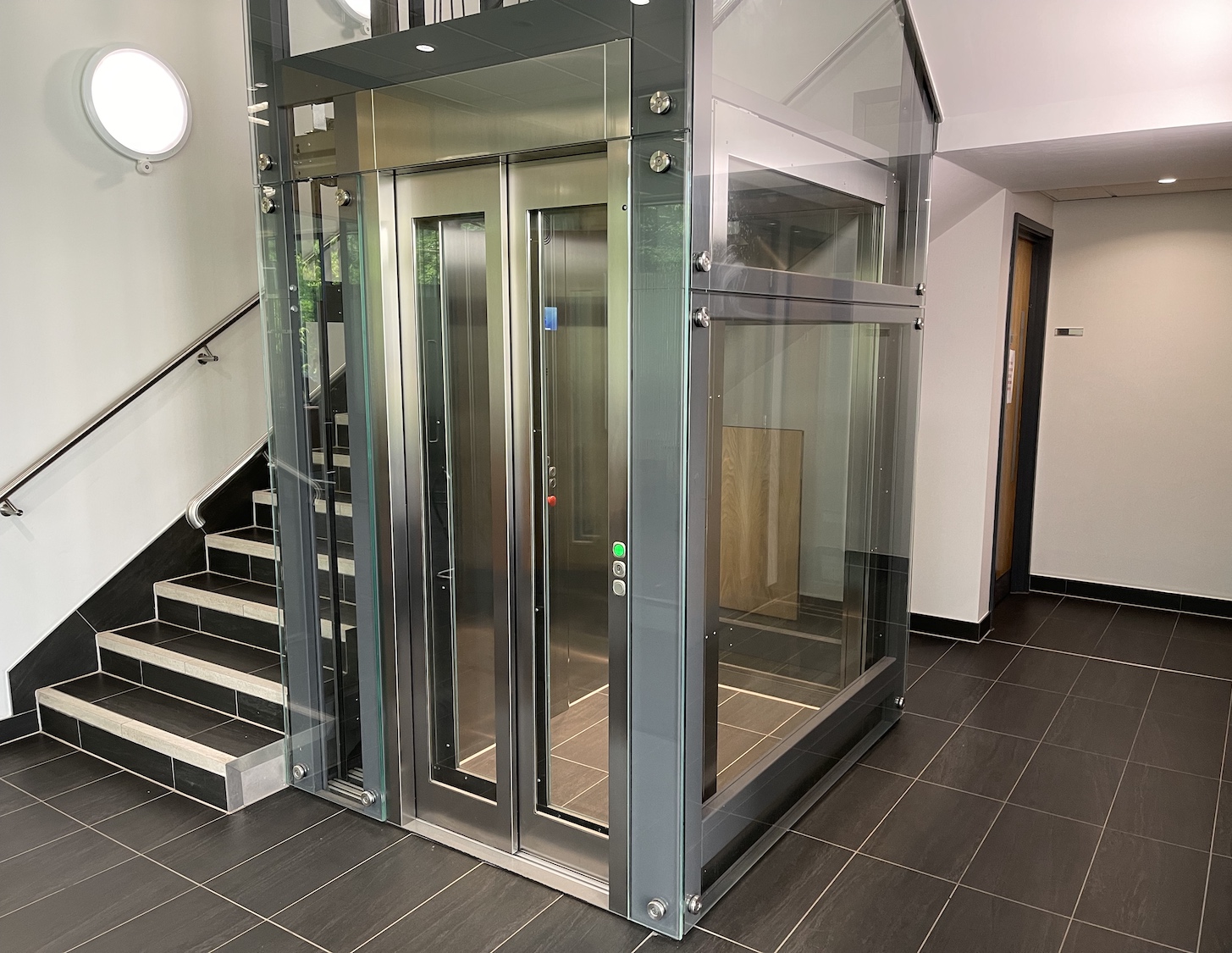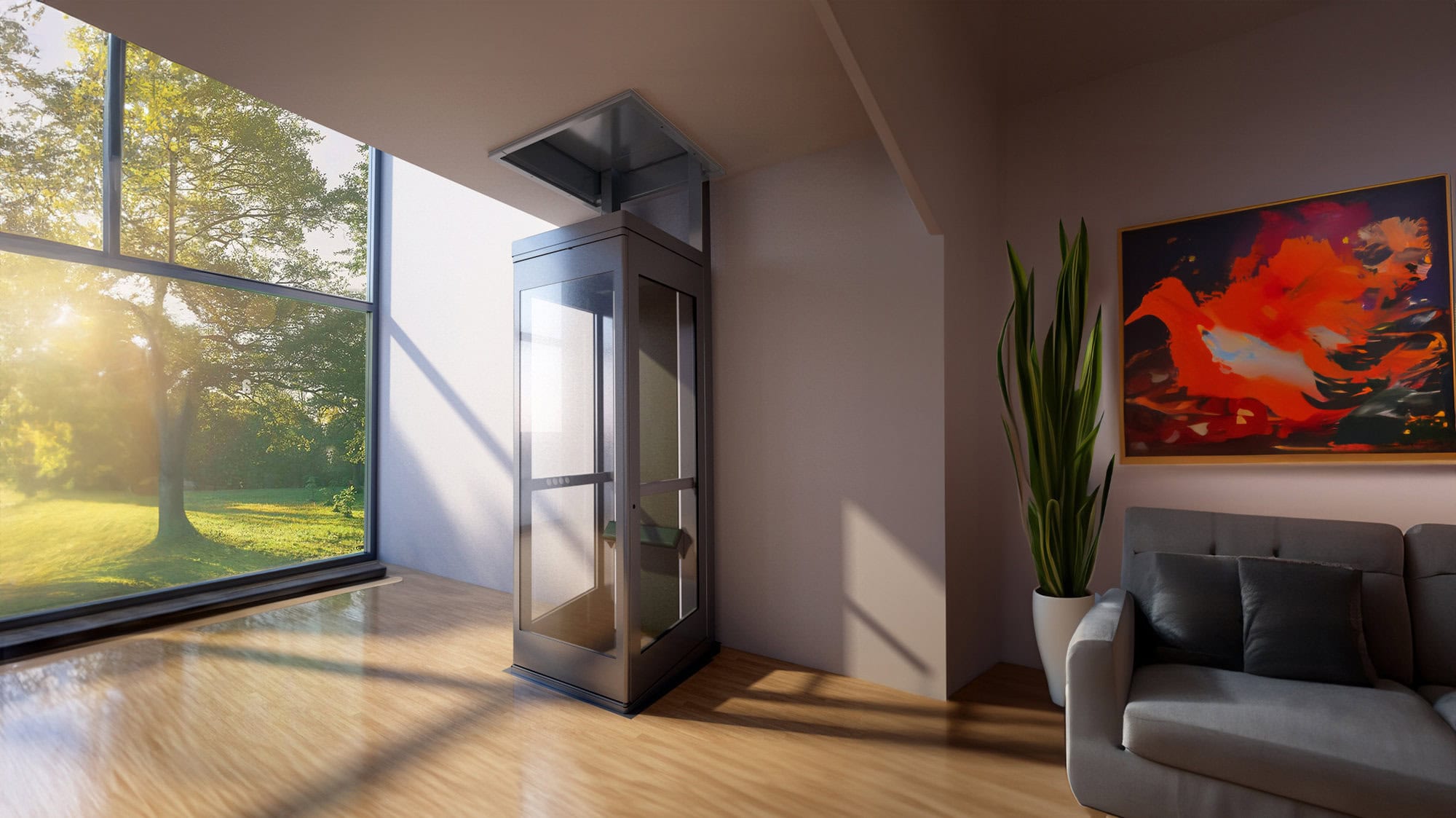Delving Into the World of Lifts: Usual Concerns Faced by Various Lift Mechanisms
As we navigate with the vertical transport systems of modern structures, elevators stand apart as a crucial part of our day-to-days live. However, behind their smooth operation exists a globe of detailed systems that can sometimes encounter obstacles. From hydraulic elevators to grip systems and machine-room-less styles, each lift type comes with its collection of typical issues. Recognizing these difficulties is critical for making sure the smooth functioning of these crucial systems. Allow's discover the complexities that underlie the operation of elevators and the potential issues that can arise, clarifying the detailed web of lift mechanisms.
Hydraulic Lifts
Hydraulic lifts, typically liked for low-rise structures, make use of fluid pressure to control the movement of the elevator cars and truck (lift repair companies). This mechanism involves a hydraulic pump pushing oil right into a cylinder, causing the lift to relocate the preferred direction. While hydraulic elevators are known for their smooth and peaceful operation, they do come with their own collection of usual issues
One widespread problem with hydraulic elevators is oil leak. Additionally, problems with the control system, such as damaged shutoffs or a malfunctioning pump, can create disruptions in the elevator's movement.
Routine upkeep and timely repair services are essential to ensure the smooth performance of hydraulic lifts. By resolving these typical problems proactively, structure proprietors can decrease downtime and make certain the safety and security and effectiveness of their upright transport system.
Grip Lifts
When thinking about upright transportation systems in structures, another usual type aside from hydraulic elevators is the traction elevator. Traction lifts run making use of a system of ropes and counterweights that move the elevator car by gripping onto the hoist ropes. This device permits smoother and much faster upright transportation contrasted to hydraulic systems.
Among the usual problems dealt with by grip elevators is rope wear. The constant motion of the ropes within the grip system can cause tear and put on with time, potentially triggering the lift to breakdown or end up being harmful for usage. Normal assessments and maintenance of the ropes are necessary to guarantee the lift's proper performance and safety and security.
One more concern that grip elevators might encounter is associated to the control system. Troubles with the control system can result in problems such as erratic activity, delays in action times, or perhaps complete closures. Routine screening and maintenance of the control system are critical to avoid such problems and ensure the lift's reliability.
Machine-Room-Less (MRL) Lifts

One of the vital elements of MRL elevators is the portable gearless traction machine that is mounted within the hoistway. This device efficiently drives the lift car without the demand for large equipment located in standard traction lifts. Furthermore, MRL elevators generally use a counterweight system to balance the car, more improving their power effectiveness.
Despite their benefits, MRL elevators might face challenges connected to repair and maintenance due to the restricted room for tools installation. Availability for servicing parts within the shaft can be restricted, requiring specialized training for service technicians. Appropriate upkeep schedules and normal inspections are important to make sure the ongoing smooth procedure of MRL lifts.
Overloading and Weight Limit Issues
Are elevators furnished to manage excess weight lots successfully and securely? Overloading and weight limit issues are crucial worries in elevator operations. Elevator makers design raises with specific weight capacities to make sure guest safety and security and equipment longevity. Exceeding these weight limitations can cause different issues, including mechanical failures, delays, and safety dangers.
When elevators are overwhelmed, it puts too much strain on the motor, cables, and various other parts, possibly creating breakdowns or malfunctions. If they spot excess weight, safety and security systems such as sensing units and overload sensors are in area to protect against lifts from moving. Furthermore, surpassing weight limits can result in increased power intake and wear and tear on the elevator system.
To minimize overwhelming address issues, constructing supervisors must prominently present weight restrictions in lifts and inform occupants on the significance of adhering to these constraints - lift repair companies. Normal upkeep checks by certified professionals can likewise assist guarantee that lifts are running within risk-free weight specifications. By attending to overloading and weight limit issues proactively, structure owners can enhance lift safety and security and effectiveness
Electrical System Failures
Going beyond weight limits in elevators can not just lead to mechanical problems yet also possibly add to electrical system failings within the lift framework. Electrical system failings are a vital issue in elevator operation, as they can create unanticipated closures, breakdowns, or also safety risks.
Normal upkeep and assessments are vital to determine and deal with prospective electric problems without delay, making certain the effective and secure procedure of elevator systems. By adhering to weight limits and performing routine electric system checks, structure proprietors can alleviate the risk of electrical failings in lifts.
Final Thought

Hydraulic find elevators, usually favored for low-rise structures, make use of fluid stress to control the activity of the elevator cars and truck.When thinking about upright transportation systems in buildings, an additional usual type apart from hydraulic lifts is the traction lift. Traction lifts operate making use of a system of ropes and weights that relocate the elevator car by gripping onto the hoist ropes. Unlike typical elevators that call for a separate device area to house the devices, MRL elevators integrate additional info many of the elements within the shaft, removing the need for a dedicated equipment room.In conclusion, lifts face usual problems such as hydraulic breakdowns, traction system failures, and electric system problems.
Comments on “Leading Lift Companies in London: Supplying Exceptional Solution and Support”